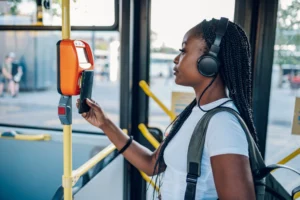Urban mobility is undergoing a significant transformation with the advent of innovative technologies and concepts aimed at creating more efficient, sustainable, and accessible transportation solutions for urban dwellers. From electric vehicles and autonomous shuttles to shared mobility services and smart infrastructure, the future of transportation in urban areas promises to revolutionize how people move within cities. In this article, we’ll explore some of the key innovations shaping the future of urban mobility.
1. Electric Vehicles (EVs):
Electric vehicles (EVs) are poised to play a central role in the future of urban mobility, offering a cleaner, quieter, and more sustainable alternative to traditional gasoline-powered vehicles. With advancements in battery technology and charging infrastructure, EVs are becoming increasingly practical and affordable for urban commuters. Electric buses, taxis, and micro-mobility devices, such as electric scooters and bicycles, are also gaining popularity as emission-free transportation options in urban areas.
2. Autonomous Vehicles (AVs):
Autonomous vehicles (AVs) have the potential to revolutionize urban mobility by offering safe, efficient, and convenient transportation services without the need for human drivers. From self-driving cars and shuttles to autonomous delivery vehicles and robotaxis, AVs promise to reduce traffic congestion, improve road safety, and enhance accessibility for individuals with mobility challenges. However, realizing the full potential of AVs requires overcoming technical, regulatory, and societal challenges related to safety, liability, and public acceptance.
3. Shared Mobility Services:
Shared mobility services, such as ride-hailing, car-sharing, and bike-sharing, are reshaping urban transportation by providing convenient, cost-effective alternatives to private car ownership. These services leverage digital platforms and mobile apps to connect users with shared vehicles and enable flexible, on-demand transportation options. Shared mobility services promote resource efficiency, reduce traffic congestion, and enhance urban mobility by maximizing the utilization of vehicles and promoting multi-modal transportation integration.
4. Smart Infrastructure and Mobility Solutions:
Smart infrastructure and mobility solutions leverage advanced technologies, such as Internet of Things (IoT) sensors, artificial intelligence (AI), and data analytics, to optimize transportation systems and improve traffic flow in urban areas. Smart traffic signals, dynamic tolling, and predictive analytics enable real-time monitoring and management of traffic congestion, reducing travel times and enhancing road safety. Smart parking solutions and integrated mobility platforms help streamline parking management and facilitate seamless multi-modal travel experiences for urban commuters.
5. Micromobility Solutions:
Micromobility solutions, including electric scooters, bicycles, and electric skateboards, are gaining popularity as convenient, environmentally friendly modes of transportation for short-distance trips in urban environments. These lightweight, agile vehicles offer flexible, on-demand mobility options for first- and last-mile connectivity, complementing public transit and reducing reliance on cars for short trips. Micromobility services promote active transportation, reduce carbon emissions, and alleviate congestion in urban areas.
6. Mobility-as-a-Service (MaaS):
Mobility-as-a-Service (MaaS) platforms integrate various transportation options, including public transit, ride-hailing, bike-sharing, and car-sharing, into a seamless, user-centric mobility experience. MaaS apps provide travelers with personalized trip planning, booking, and payment services, enabling them to navigate cities efficiently using a combination of different transportation modes. MaaS solutions promote sustainable urban mobility, reduce car dependency, and improve accessibility for all residents, regardless of income or mobility status.
7. Urban Air Mobility (UAM):
Urban air mobility (UAM) represents the next frontier in urban transportation, with the potential to revolutionize intra-city travel using electric vertical takeoff and landing (eVTOL) aircraft and drones. UAM vehicles offer fast, direct transportation options for urban commuters, bypassing traffic congestion and reducing travel times between city centers and suburban areas. However, the widespread adoption of UAM requires addressing regulatory, infrastructure, and safety challenges associated with integrating aerial vehicles into urban airspace.
In conclusion, the future of transportation in urban areas is characterized by innovation, sustainability, and connectivity. Electric vehicles, autonomous technology, shared mobility services, smart infrastructure, micromobility solutions, Mobility-as-a-Service platforms, and urban air mobility are among the key innovations driving the evolution of urban mobility. By embracing these technologies and concepts, cities can create more efficient, sustainable, and inclusive transportation systems that enhance quality of life for residents and support economic growth and environmental sustainability in urban areas.




